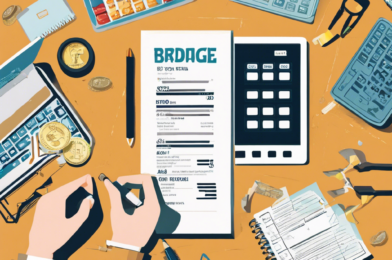Taking care of yourself is important for your physical and mental well-being, but it doesn’t have to cost a fortune. Self-care has become an essential practice for many, but the cost of some self-care activities can add up quickly. Fortunately, there are many budget-friendly alternatives that can help you feel your best without breaking the bank. First, let’s acknowledge that self-care is not a selfish act. Taking care of yourself is essential for your overall well-being and can help you become a better friend, partner, and colleague. It is about giving your mind and body the attention they deserve and ensuring you are functioning at your best.
Budget-friendly self-care starts with understanding your priorities and what makes you feel good. For example, if you enjoy exercising, investing in a quality pair of running shoes might be a worthwhile expense, but you can also explore free online workouts or apps that offer affordable monthly subscriptions. Many streaming services and online platforms offer free or low-cost fitness programs, meditation guides, and healthy cooking tutorials, providing accessible ways to prioritize your well-being without spending a fortune. It’s also important to remember that self-care doesn’t always have to involve spending money. Simple acts like taking a walk in nature, reading a book, or enjoying a cup of tea can be calming and grounding.
Another great way to practice budget-friendly self-care is to tap into your creative side. Explore affordable hobbies like drawing, writing, painting, or playing an instrument. These activities can provide an outlet for self-expression and help you unwind. You can find countless free tutorials and guides online to get started. Self-care is also about making time for the things that bring you joy. Consider what activities make you happy and try to incorporate them into your routine. Whether it’s cooking a nice meal, going for a walk, or trying out a new hobby, these simple pleasures can greatly impact your overall well-being.
Cooking at home is a fantastic way to practice self-care while also saving money. Preparing your own meals allows you to control the ingredients and portions, often leading to healthier choices. It can also be a fun and creative outlet, as you experiment with new recipes and cuisines. If you’re looking to unwind and relax, try creating a relaxing atmosphere at home. Light some candles, play soothing music, and run a hot bath. This can be an inexpensive way to create a spa-like experience and help you de-stress after a long day.
Self-care is an ongoing practice, and it’s important to find what works best for you. Budget-friendly self-care is about being mindful of your spending while still prioritizing your well-being. By making small changes and being creative, you can develop a self-care routine that suits your needs and budget. Remember, self-care is not just about the big, expensive gestures; it’s about the little things you do every day to take care of yourself. Whether it’s taking a few minutes for deep breathing exercises or treating yourself to your favorite cup of coffee, these small acts of self-care can make a big difference in your overall happiness and resilience.
Incorporating budget-friendly self-care into your routine is an achievable goal. Start by assessing your needs and preferences. Do you enjoy physical activities, or do you prefer more relaxing and meditative practices? Once you understand what works best for you, you can explore cost-effective options. For example, if you enjoy yoga, consider investing in a yoga mat and following free online tutorials instead of attending pricey studio classes. Being mindful of your spending while still prioritizing self-care demonstrates self-love and acceptance. It’s about finding a balance between treating yourself and maintaining financial responsibility.
Finally, remember that self-care is a journey unique to each individual. What works for someone else may not work for you, and that’s okay! Experiment with different practices and activities until you find the ones that bring you joy and help you feel your best. By incorporating these budget-friendly self-care tips into your routine, you can take care of yourself physically, mentally, and financially. Self-care is an investment in yourself and your future, and it’s important to find ways to practice it sustainably and affordably.










